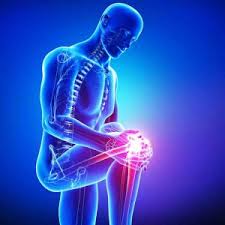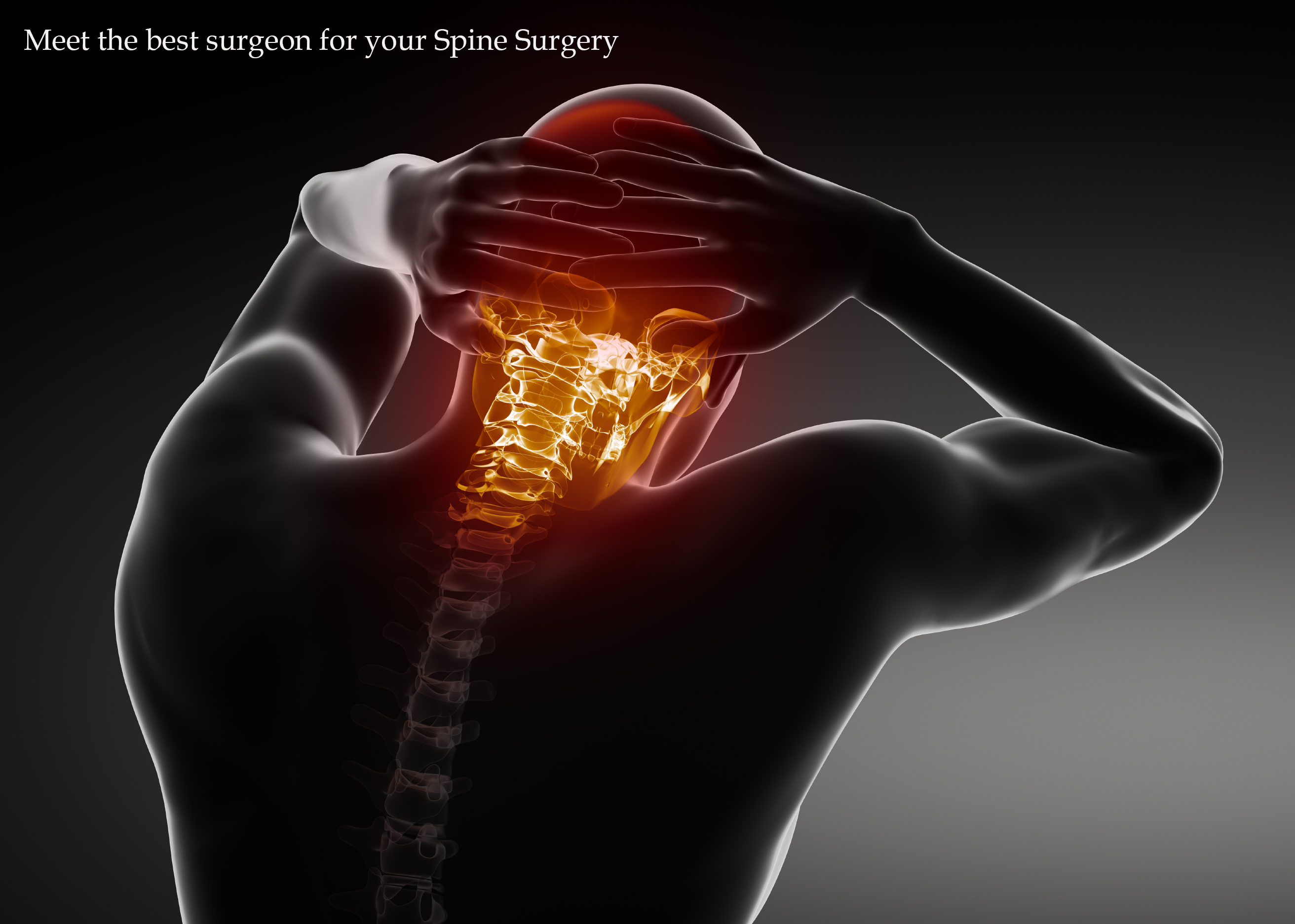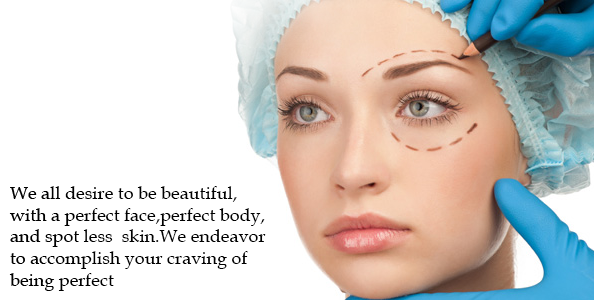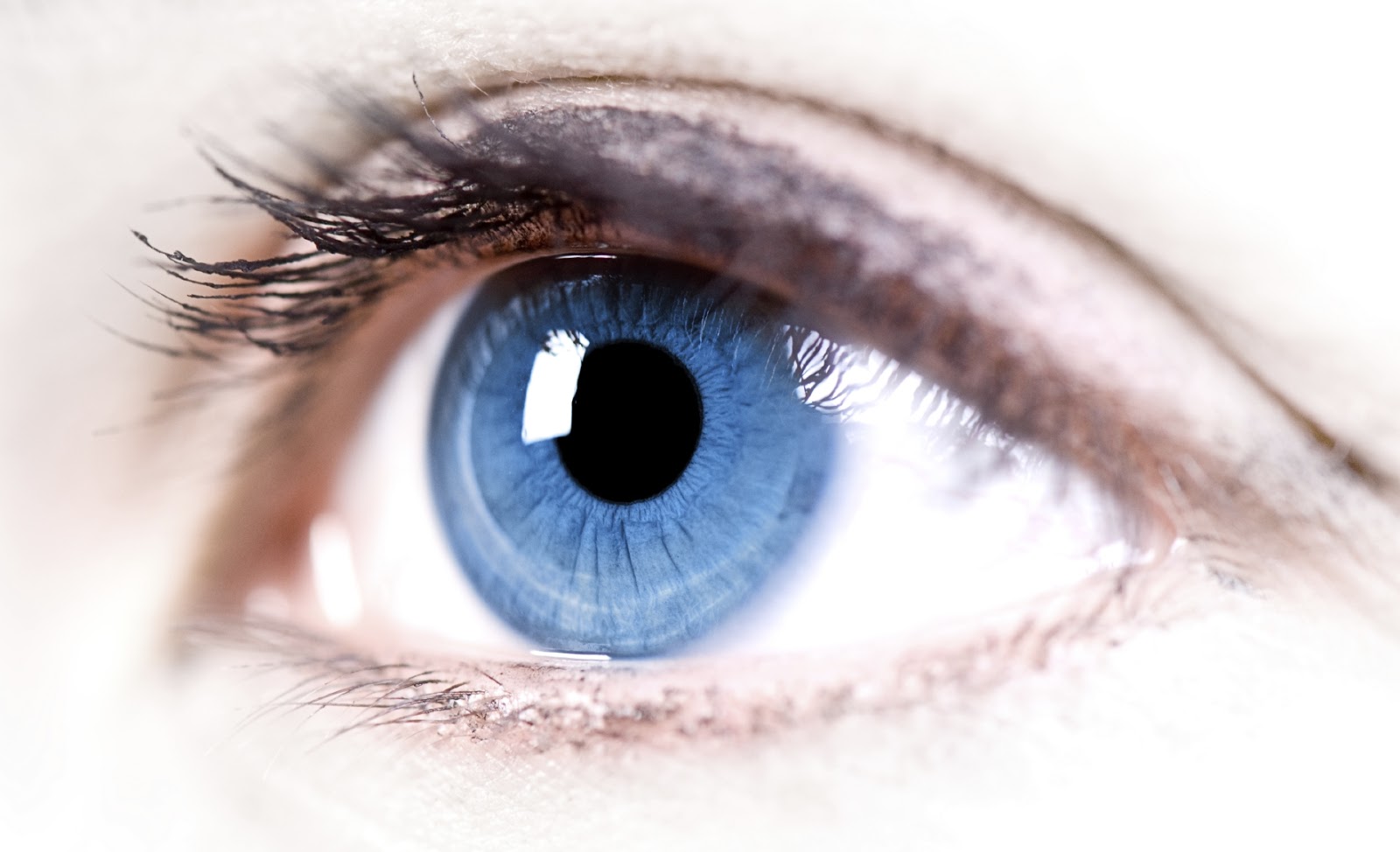What is Bone Marrow Transplantation?
Bone Marrow Transplantation is a form of intensive treatment used to treat certain cancers like leukaemias, lymphomas and some non-cancerous diseases like thalassaemia.
Bone marrow is found inside our bones, and is the ‘factory’ that makes blood. It is responsible for producing white blood cells (to protect against infection), red blood cells (to carry oxygen around the body) and platelets (to prevent bleeding). Stem cells are blood cells at their earliest stage of development in the bone marrow, before they have become committed to developing into white cells, red cells or platelets. It is these ‘mother’ cells which are the key factors in transplantation.
What are the different types of bone marrow or stem cell transplantation?
There are two main types of transplants – Autologous and Allogeneic.
Autologous Transplants: This means that the bone marrow or stem cells used for the transplant are one’s own. A little bit of the patient’s bone marrow or stem cells is taken and stored before high dose treatment. When the treatment is over, the bone marrow or stem cells are given back through a vein.
Allogeneic Transplants: In this type of transplant, bone marrow donated by someone else is used. It is essential that the donor’s tissue matches. The most suitable donor is usually a close relative, most commonly a brother or sister. It is possible to get a good match from an unrelated donor, but this facility does not exist in India.
What is the basic process?
There are three main steps in the transplantation process
The first step is the collection of the bone marrow or stem cells (the harvest) from the donor. We now know that the umbilical cord blood is also a rich source of stem cells.
The second step is to completely destroy the existing bone marrow and thereby help the patient receive the new stem cells.
The third step is to infuse the bone marrow or the stem cells through the intravenous route, like a blood transfusion. There may be no signs of a new bone marrow growing for two to three weeks, and occasionally it may be a few months before the new bone marrow produces all the components of the blood adequately.
How does one prepare for transplantation?
Having a transplant can be very demanding, physically and emotionally, and the family and friends too, may find this very stressful. It may help if patients can talk about their fears and concerns.
It is important to understand why one is having the transplant and what the actual processes will be, so that the patient can make practical arrangements and also prepare himself or herself mentally. It is a good idea to discuss the entire process with the doctors and nurses involved, before the patient goes into hospital.
Here are some questions one may like to ask:
What are the benefits of the treatment?
What are the risks of the treatment?
How will the transplant affect the way I live?
Will I be able to have children after a transplant?
How long will it be before I can start leading a normal life again?
What are the other treatments available to me?
Can one predict how the disease will progress?
Who can visit me?
Will my treatment make me feel too unwell to see people?
Is there a television in the room?
Is there a telephone link in the room?
Can I bring in my own clothes?
What do you suggest that I bring to the hospital to make my stay more comfortable?
Where can the attenders stay?
Being fully informed and prepared will help to make the transplant process easier for the patient and the family.
Who can be a donor for an Allogeneic transplant?
Matching bone marrow is done by blood tests alone. It is not necessary to test the donors bone marrow at this stage.
It is usual to start by testing the brothers and sisters, as they are likely to provide the best match; parents are not usually good matches.
The donor should be in good health. He or she will be given a thorough medical checkup to make sure that there will be no risk to his or her own health from the procedure.
Collecting bone marrow
About a week or two before the bone marrow harvest is done, the patient (or the donor, for an Allogeneic transplantation) may have 1 to 2 units of blood withdrawn. This will be given back during the bone marrow harvest.
The harvest itself is carried out under general anaesthesia, so one will feel nothing. It involves the removal of some marrow from inside the bones at the back and front of the pelvis (the hip bones).
The patient or donor will have to stay in hospital overnight to recover fully from the general anaesthesia. Usually it feels sore for a few days and mild painkillers may be required. These will be administered by the nurses or doctors.
How are the stem cells collected?
Stem cell harvesting is done following a course of daily injections of a growth factor. This procedure takes about 3 hours. The patient will be made to lie down on a couch and a transfusion will be put into the vein of each arm. Blood will be collected from one arm, into a machine called a centrifuge, which spins it to separate out the stem cells. These are collected, and the remaining blood is returned through the IV in the other arm. The stem cells can even be frozen.
What is Umbilical Cord Blood Transplantation?
Many children and young adults with serious blood diseases, such as leukaemia, need a bone marrow transplantation to give them a chance to live. Unfortunately a marrow donor cannot always be found. Sometimes searching for a donor takes so long that the patient dies before a compatible donor is available.
However, now a new source of blood forming stem cells has been found – Umbilical Cord Blood.
This is the blood that is left behind in the placenta and the umbilical cord after the delivery of a baby. Cord blood is rich in stem cells and can be used instead of bone marrow for transplantation.
The stem cell in the cord blood is of high quality and very potent in producing blood cells. Cord blood transplants appear to cause less serious immunological side effects. The ‘matching’ between donor and recipient appears to be less critical. This means that the chance of finding suitable cord blood for transplantation is much greater than that of bone marrow.
Article by
Apollo Hospitals










